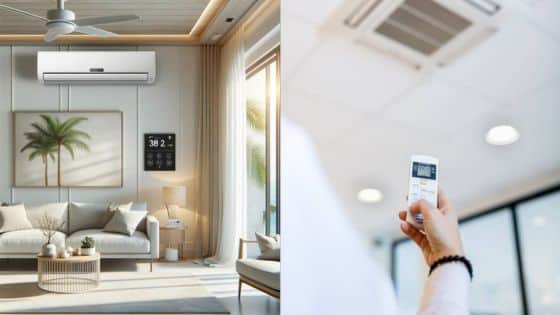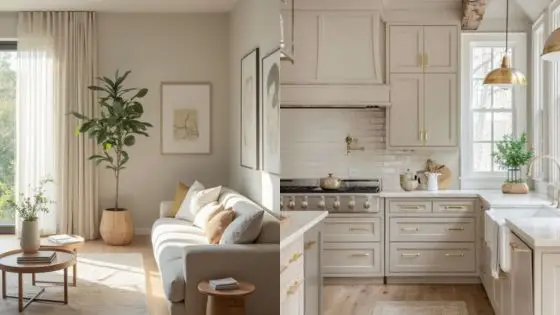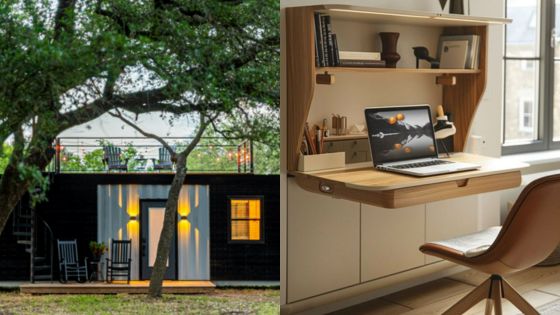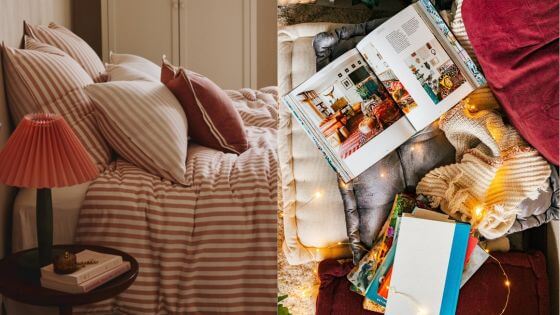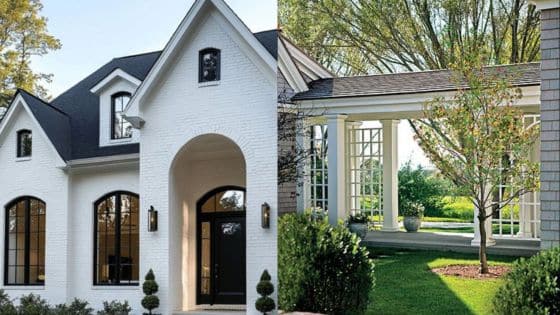A well-styled home office can make working from home more enjoyable and productive. People want a space that feels comfortable but also helps them stay focused. The key is to create a balance between style and function, using good lighting, smart storage, and furniture that fits the room and work needs.
No matter the size or design style, there are simple ways to make any workspace look better and work smoother. From choosing the right desk and chair to adding personal touches and keeping the space organized, small changes can make a big difference. This guide shares easy ideas to help anyone create a home office that inspires and supports their work.
Essential Elements of Home Office Styling
A well-styled home office blends comfort, function, and a look that helps keep focus. Key parts include furniture that supports work, lighting that prevents eye strain, and colors that set the right mood.
Choosing the Right Desk and Chair

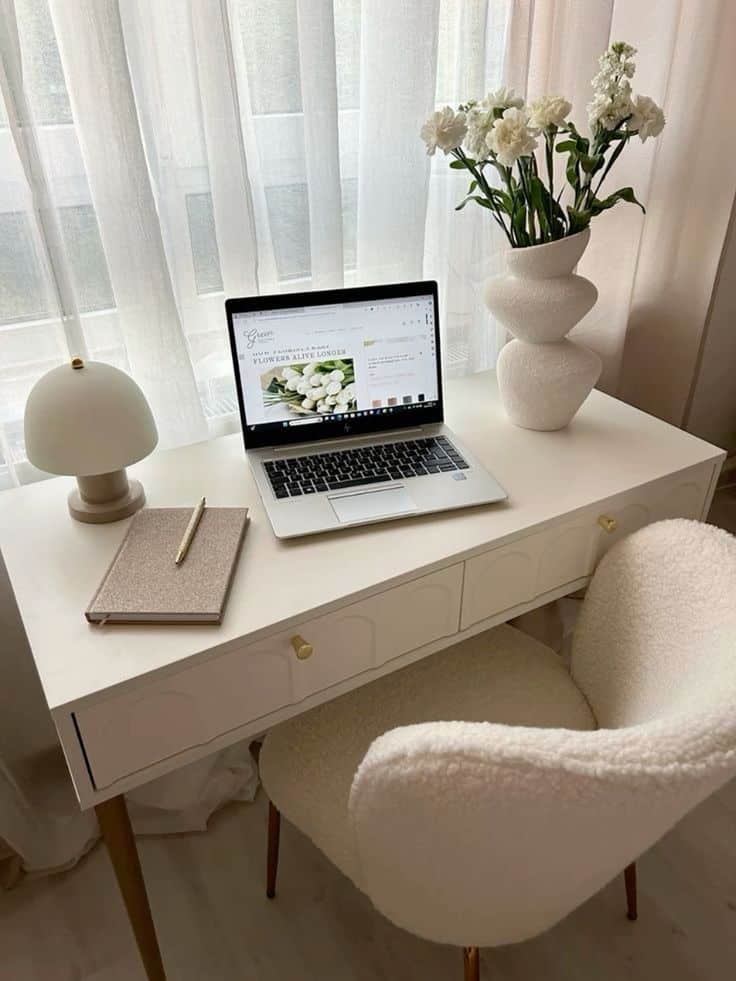
The desk should fit the space and hold all necessary tools like a computer, papers, and supplies. A desk with built-in storage or shelves can save space and keep things tidy.
For the chair, comfort is critical. It should support good posture with adjustable height and backrest features. A chair with wheels and swivel ability lets users move easily without strain. Investing in ergonomic designs helps prevent back and neck pain during long hours.
Optimal Lighting Solutions
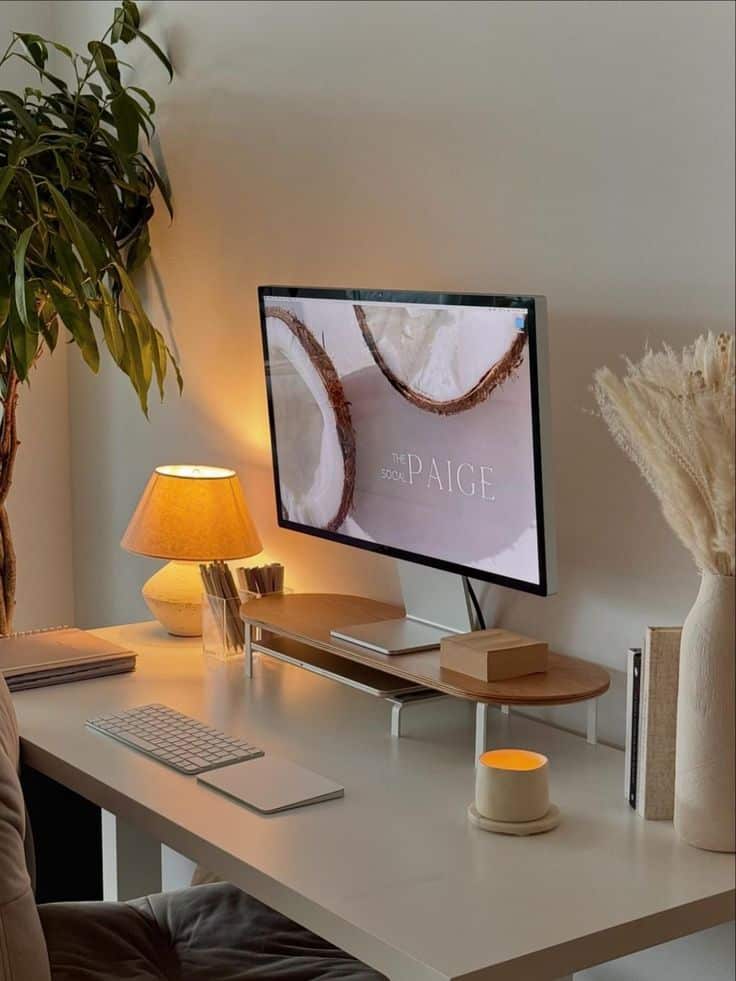
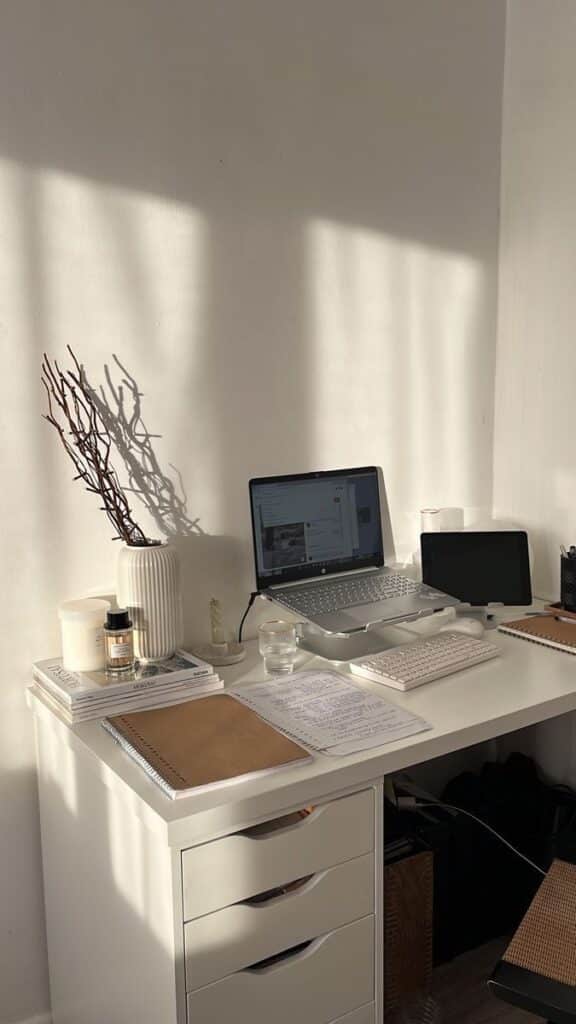
Natural light is best for a home office. Position the desk near a window if possible to reduce eye strain and improve mood.
If natural light is limited, bright LED bulbs with adjustable settings are a good choice. A desk lamp that directs light onto the work area helps reduce shadows. Avoid harsh overhead lights that can cause glare or flicker, which tire the eyes faster.
Color Schemes for Focus and Productivity
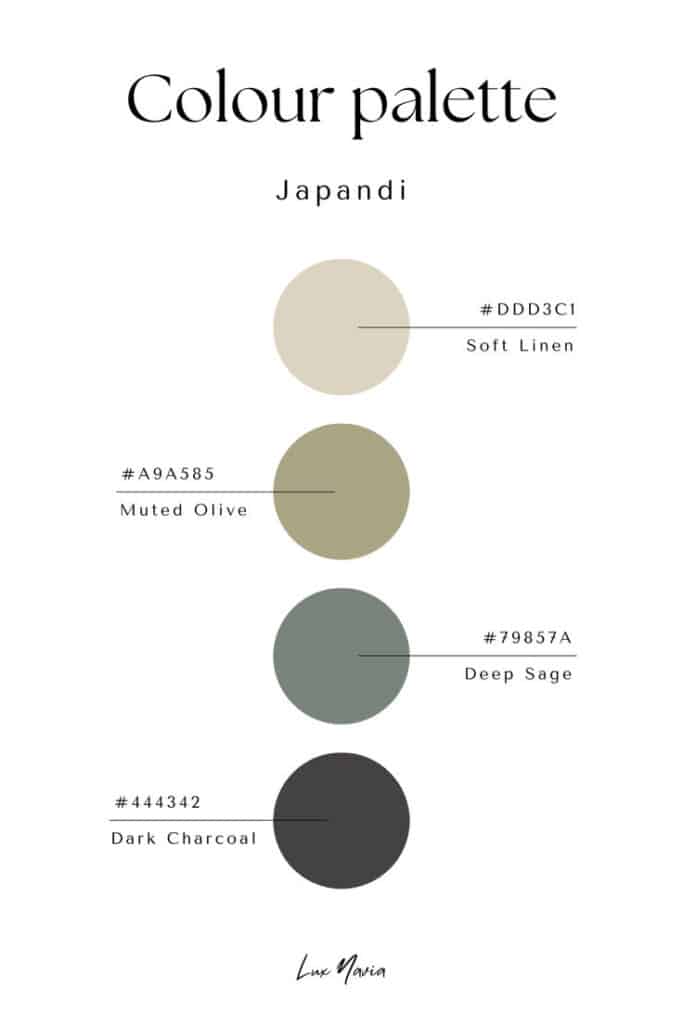
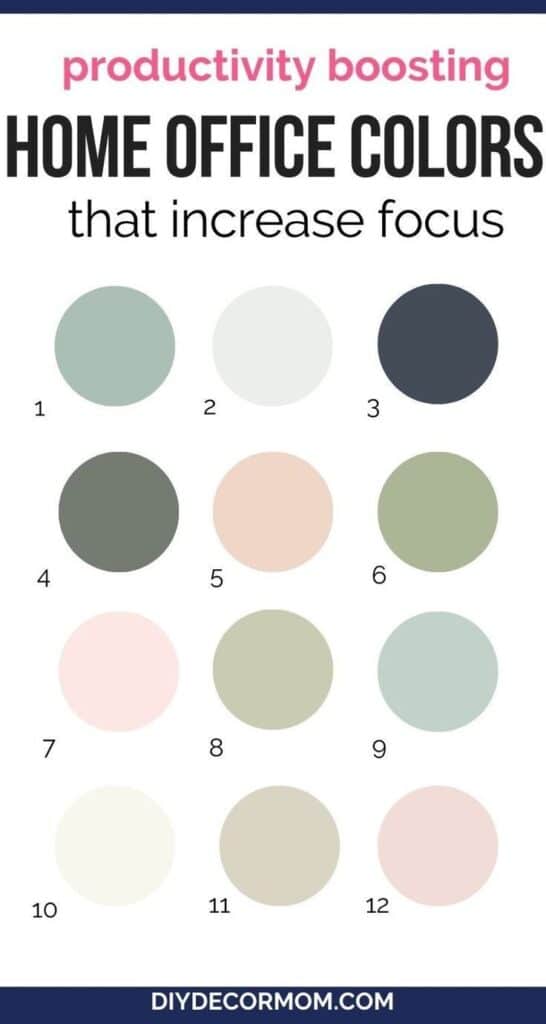
Colors affect mood and energy. Soft blues, greens, or neutral grays create a calm environment that helps concentration.
Bright colors like yellows or oranges can boost creativity but should be used sparingly, perhaps on one wall or in accessories. White walls keep the space feeling open and clean, especially in smaller rooms.
Using consistent color themes in furniture and decor ties the room together and makes it feel organized.
Creative Decor Ideas for Personalized Spaces
A home office should feel inviting and reflect the person who works there. Making thoughtful choices with decor, plants, and storage helps create a space that is both inspiring and practical.
Incorporating Art and Wall Decor
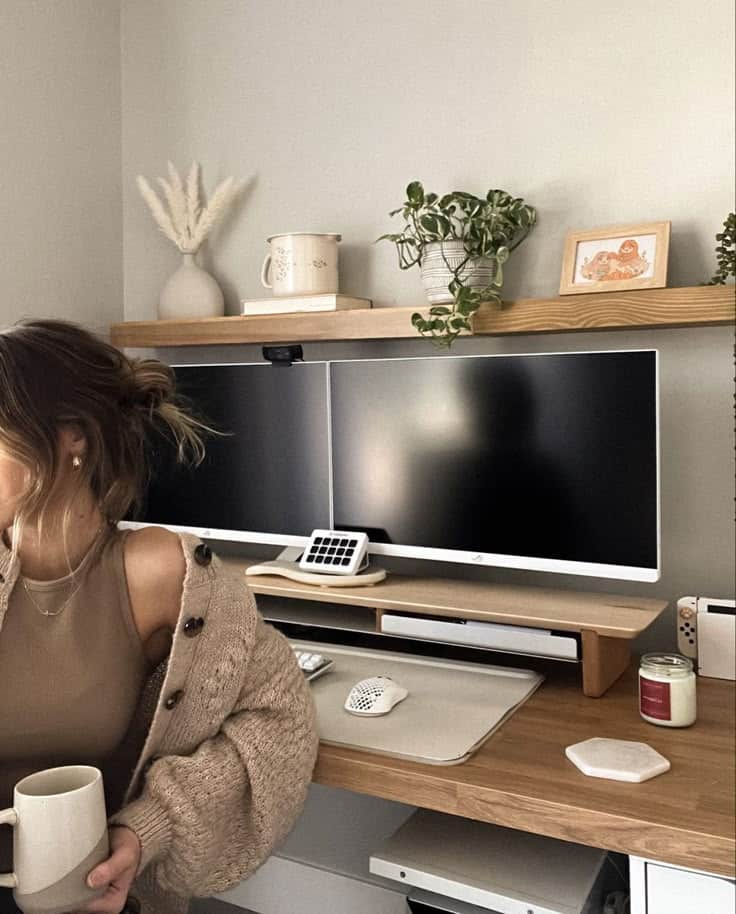
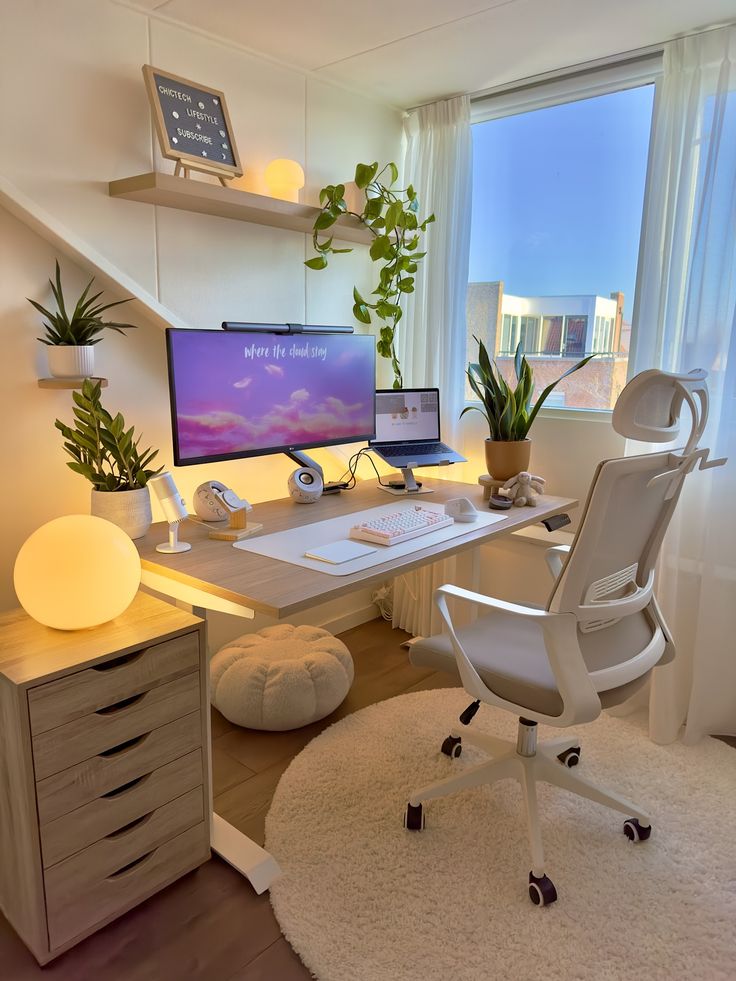
Art adds character to any room and a home office is no exception. Choosing pieces that speak to personal tastes can brighten the space and boost motivation. This can include framed prints, paintings, or even DIY wall hangings.
Using a large statement piece behind the desk works well to draw focus. Alternatively, a gallery wall with smaller frames can add interest without overwhelming the area. Wall shelves also double as decor and display spots for photos, small sculptures, or colorful books.
Bold or textured wallpaper can transform blank walls and add depth. It helps make the office feel unique while keeping things fun instead of plain.
Adding Indoor Plants for Freshness
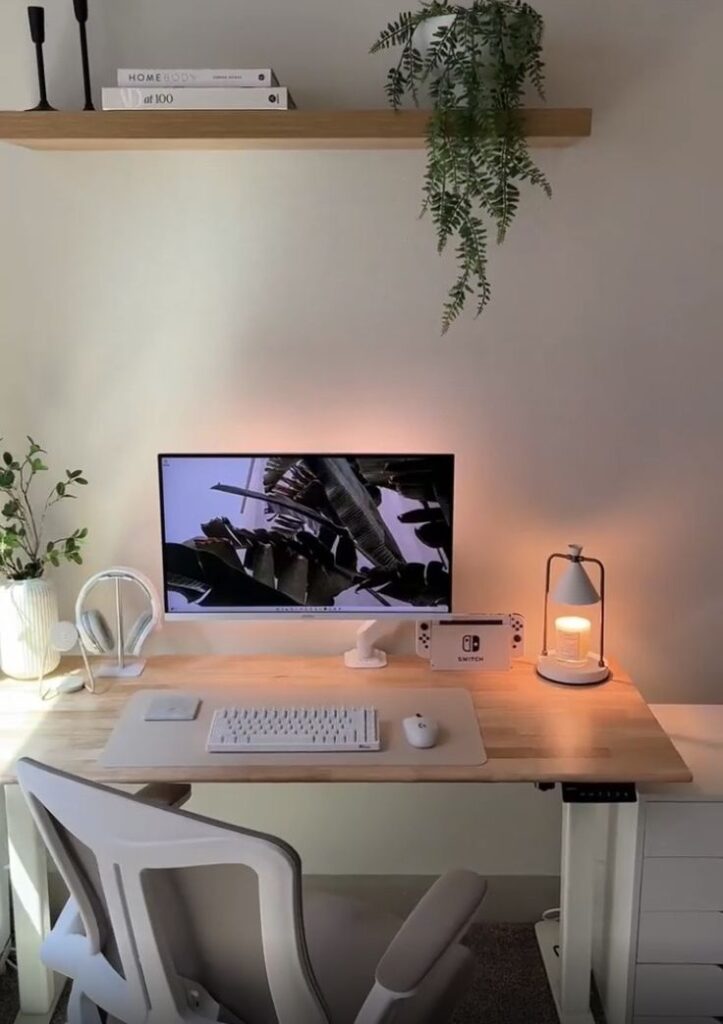
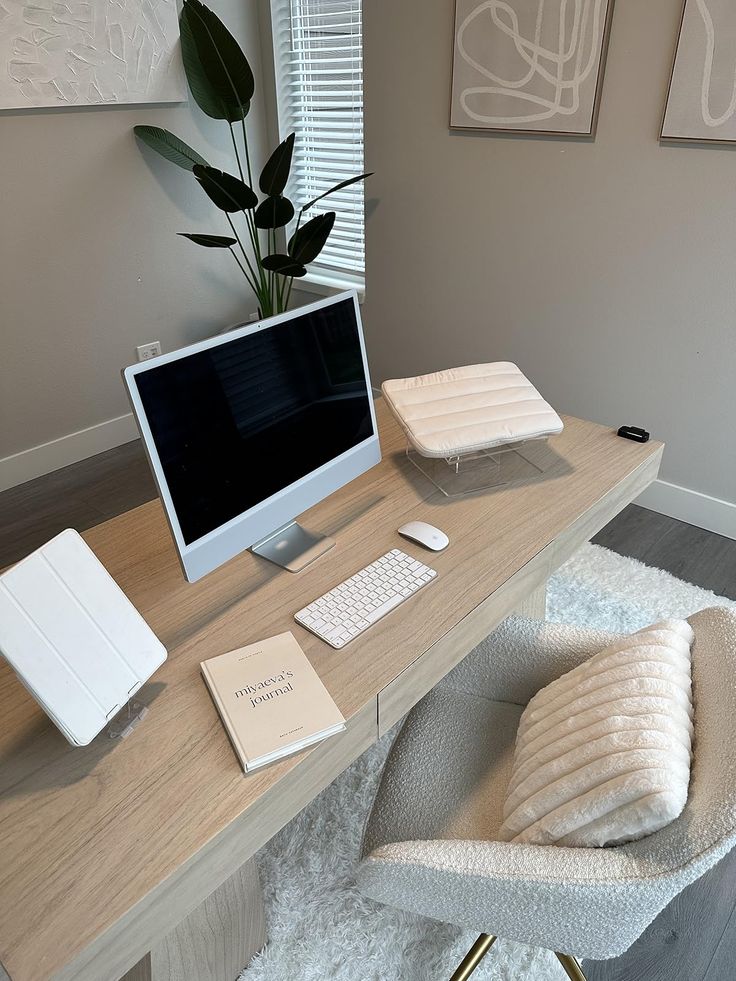
Bringing plants into a home office freshens the environment and can improve mood. Small potted plants like succulents or ferns are easy to care for and fit nicely on desks or shelves.
Larger plants such as snake plants or rubber plants work well on the floor and fill empty corners with life. Plants also help clean the air, which feels good during long work hours.
Using a variety of planters—like ceramic pots or hanging baskets—adds visual interest. Choosing plants with different leaf shapes and sizes keeps the space lively without clutter.
Organizational Accessories and Storage
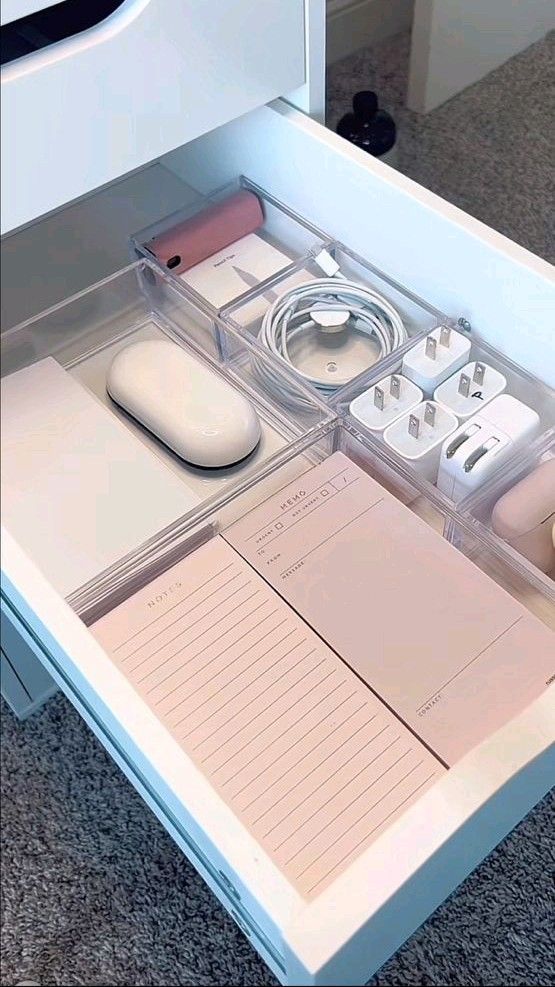
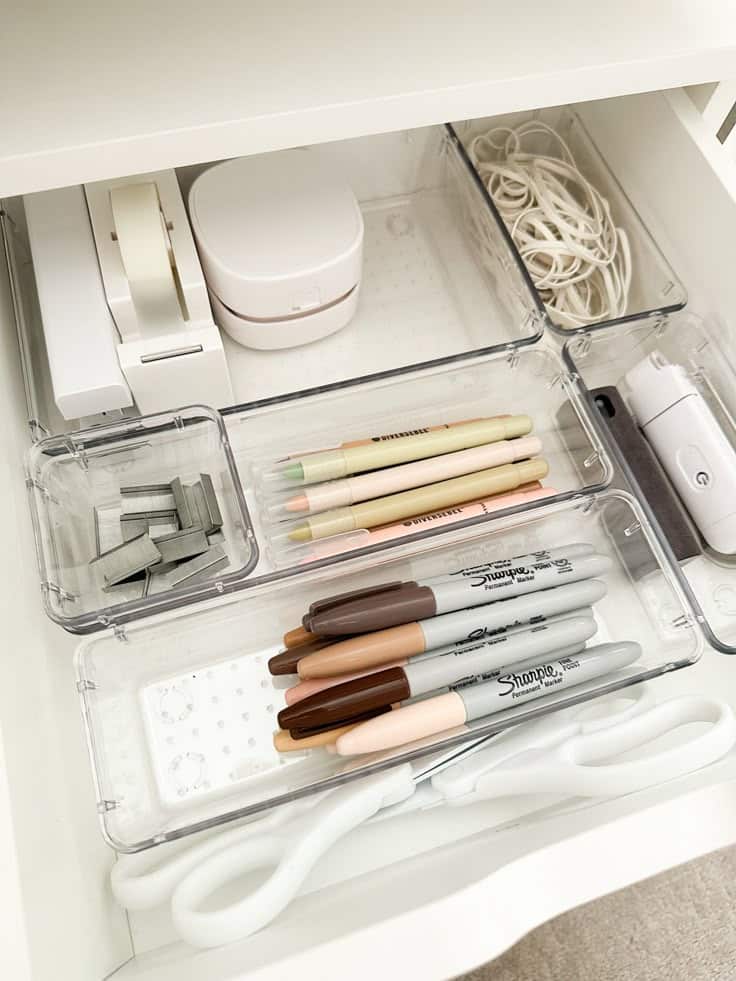
Keeping the workspace tidy helps maintain focus. Stylish organizers like tray sets, pen holders, and drawer dividers keep small items in place and easy to find.
Adding closed storage such as cabinets or boxes hides clutter while maintaining a neat appearance. Adjustable shelving units allow for custom setups to fit books, files, and equipment.
Labels on boxes or bins make it simple to locate papers or supplies quickly. Investing in multi-purpose furniture, like desks with built-in storage, saves space and reduces distractions.
Styling for Different Home Office Sizes
Creating a workspace that fits the room size is important for comfort and productivity. Small offices need clever use of space, while multi-purpose rooms require flexible furniture and smart layout choices. Both setups benefit from good lighting and organized storage.
Small Space Home Office Tips
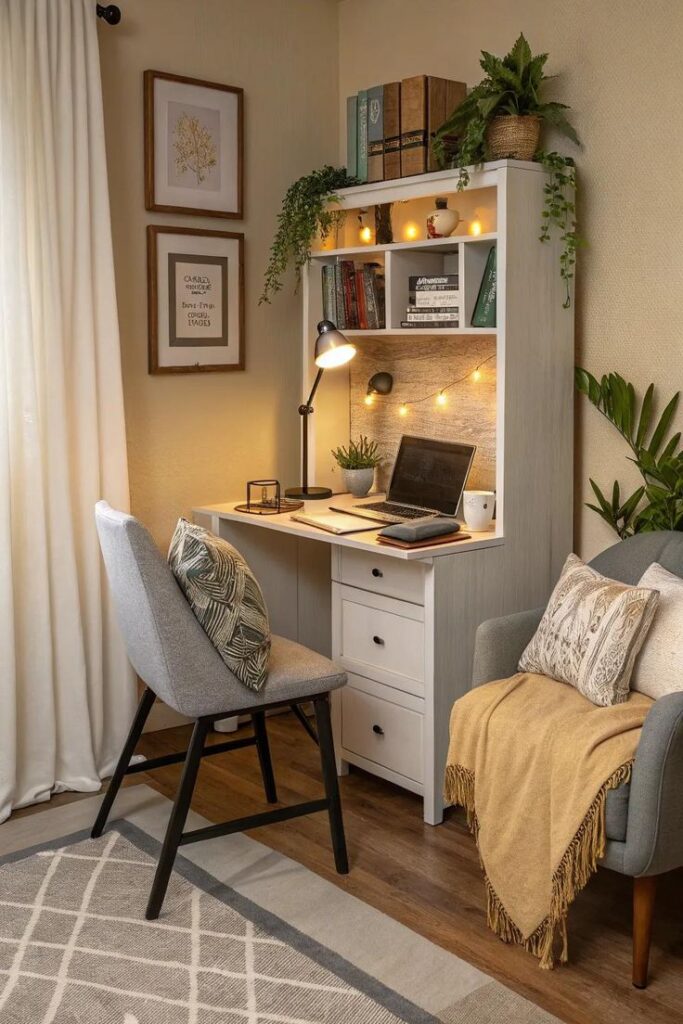
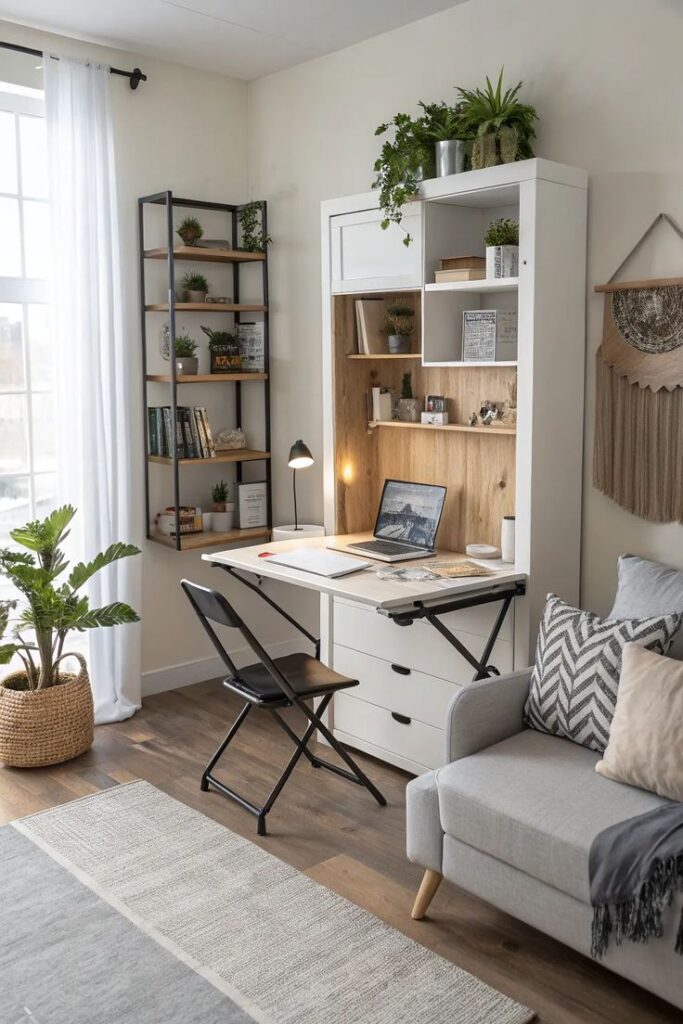
In a small home office, every inch counts. Using vertical space helps keep the desk area clear. Shelves mounted on the wall can hold supplies and decor without taking up floor space.
Compact desks or foldable tables are good choices. A slim chair that fits comfortably under the desk saves room. Bright lighting, like a desk lamp or LED strips, keeps the area feeling open.
Choosing light colors for walls and furniture can make the space feel bigger. Adding mirrors or glass surfaces reflects light and creates depth. Keeping the workspace tidy with baskets or boxes reduces clutter.
Designing Multi-Functional Rooms
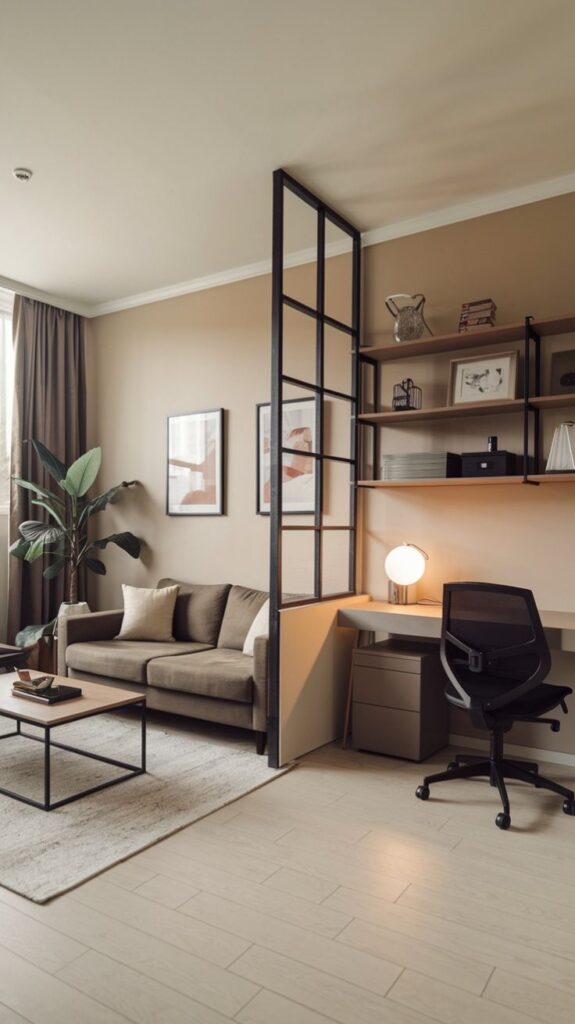
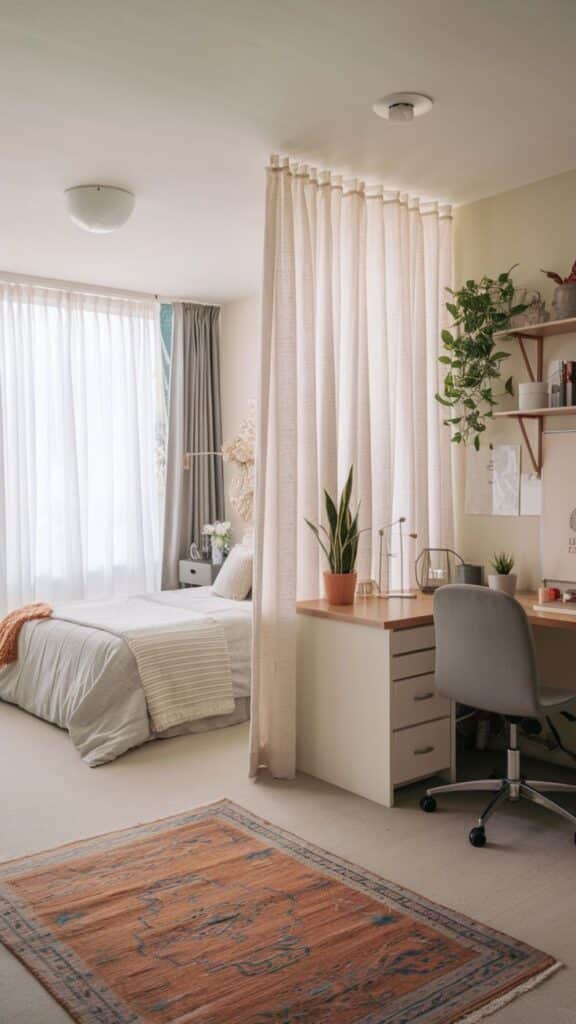
A multi-functional office works well if furniture can adapt to different uses. Desks with built-in storage or adjustable height provide flexibility for work or hobby projects. Fold-out or rolling tables can clear space when not in use.
Dividers or curtains help visually separate the office area from other parts of the room. This defines the workspace and limits distractions. Using a consistent color scheme ties the whole room together.
Organizing supplies in labeled containers makes switching between activities easier. A comfortable chair that suits both desk work and other tasks adds to the room’s usability. Lighting should be adjustable for various needs.
- 357shares
- Facebook0
- Pinterest356
- Twitter1
- Reddit0








